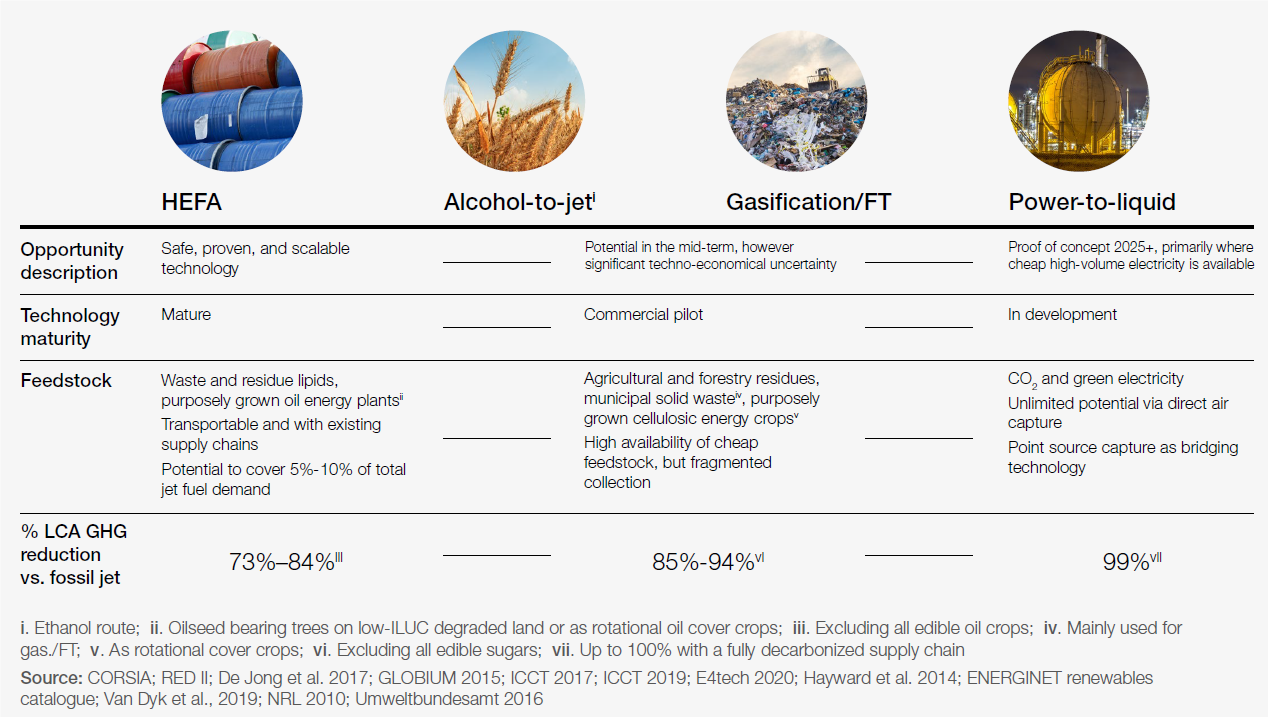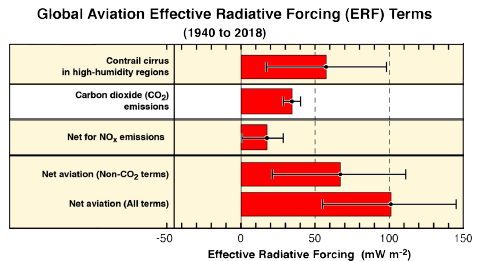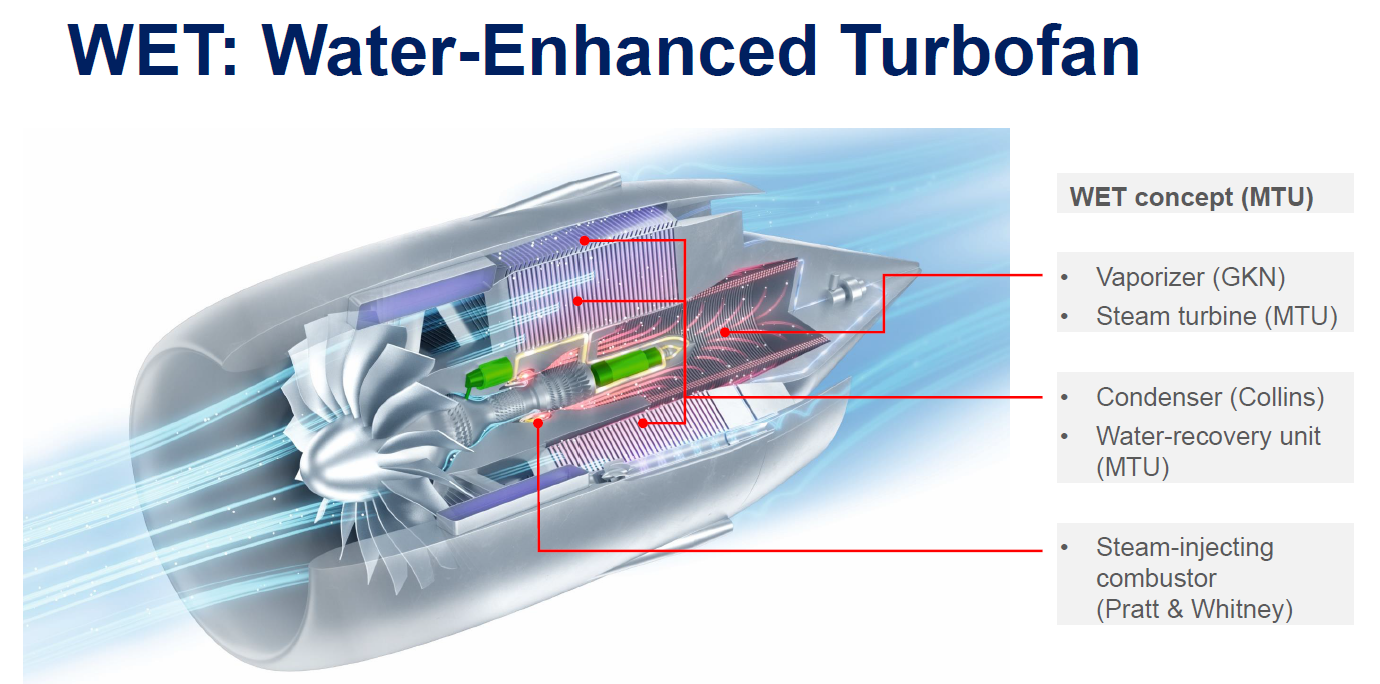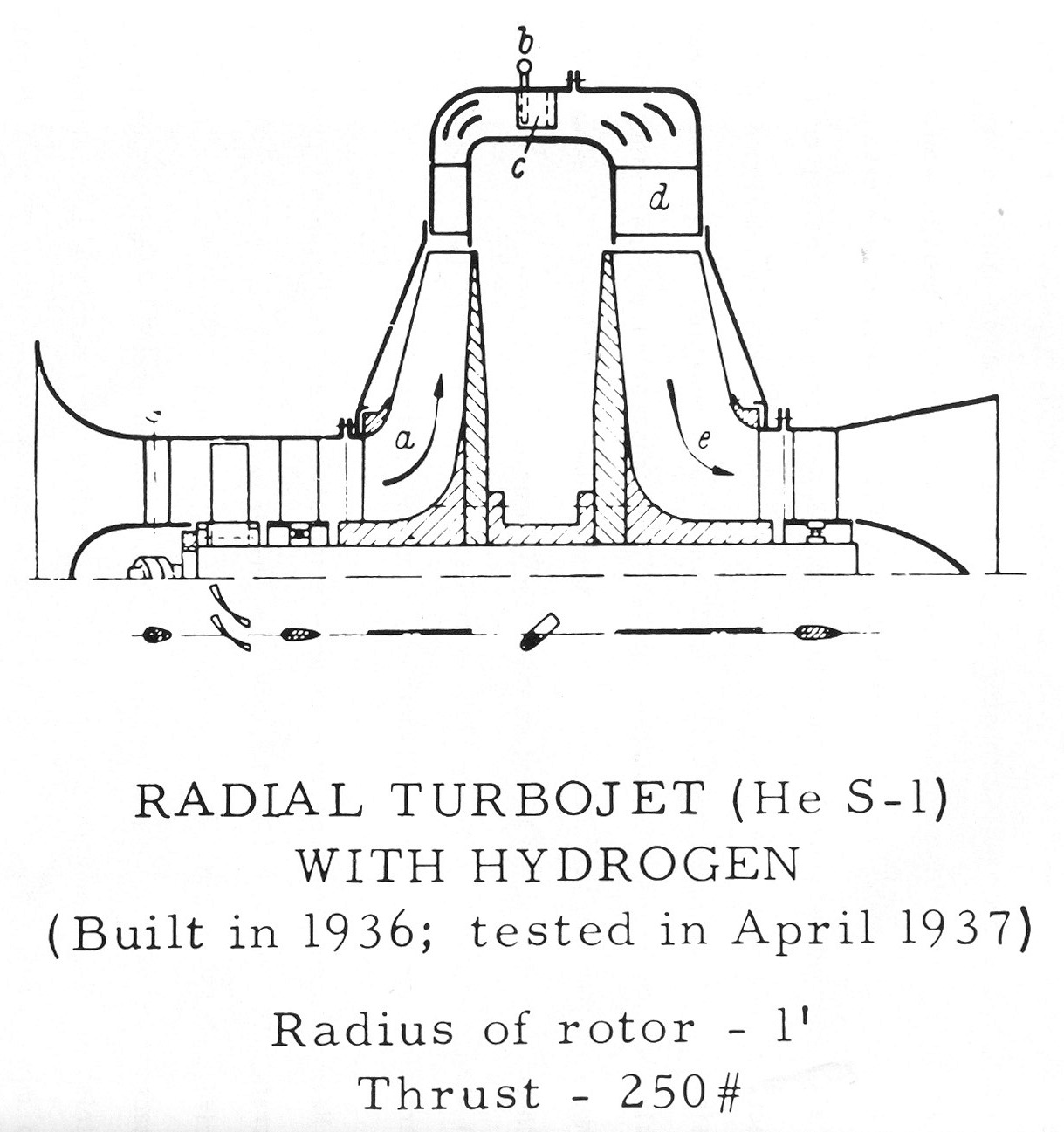Leeham News and Analysis
There's more to real news than a news release.
Bjorn’s Corner: Air Transport’s route to 2050. Part 20.
May 2, 2025, ©. Leeham News: We do a Corner series about the state of developments to improve the emission situation for Air Transport. We try to understand why development has been slow.
We have since we started in October last year looked at:
- Alternative, lower emission, propulsion technologies, ranging from electric aircraft with batteries as energy source, different propulsion hybrids and new concepts for Jet-fuel and hydrogen gas turbine engines.
- We have also reviewed recent research on the role of CO2, NOx emissions, and Contrails generated by airliners.
- Last week, we summarized the present situation around SAF, Sustainable Aviation Fuel.
Before we proceed, we shall examine some facts about the scale of the emission/global warming influences from Air Transport.
Bjorn’s Corner: Air Transport’s route to 2050. Part 19.
April 25, 2025, ©. Leeham News: We do a Corner series about the state of developments to improve the emission situation for Air Transport. We try to understand why development has been slow.
Over the last Corners, we examined the non-CO2 effects of Air Transport that contribute to global warming. Contrails had the largest effects, even larger than the CO2 emissions from Air Transport.
To complete the review of our progress with lower emission actions for Air Transport, we will examine the present situation with SAF, Sustainable Aviation Fuel.
Bjorn’s Corner: Air Transport’s route to 2050. Part 18.
April 18, 2025, ©. Leeham News: We do a Corner series about the state of developments to improve the emission situation for Air Transport. We try to understand why development has been slow.
We examine the non-CO2 effects of Air Transport that contribute to global warming. Over the last weeks, we have looked at contrails, which have the largest impact on global warming, larger than CO2, Figure 1.
NOx is a smaller contributor, but it contributes about 20% of the total to Global Warming.
Bjorn’s Corner: Air Transport’s route to 2050. Part 17.
April 11, 2025, ©. Leeham News: We do a Corner series about the state of developments to improve the emission situation for Air Transport. We try to understand why development has been slow.
We now examine the non-CO2 effects of Air Transport that contribute to global warming. Of these, contrails have the largest impact, Figure 1.
In the last Corner, we described encouraging results from airline flight trials with warming contrail avoidance. What is required to move from trials to warming contrail avoidance for regular flights?
Bjorn’s Corner: Air Transport’s route to 2050. Part 16.
April 4, 2025, ©. Leeham News: We do a Corner series about the state of developments to improve the emission situation for Air Transport. We try to understand why development has been slow.
We now examine the non-CO2 effects of Air Transport that contribute to global warming. Of these, contrails have the largest impact.
Contrails form when aircraft gas turbine engines emit soot particles into water vapor-saturated areas with low temperatures, where the soot particles act as condensation nuclei and the droplets freeze into ice crystals.
The report from Lee et al. (2021) lists non-CO2 effects as more important for Global Warming from Air Transport than CO2 emissions from burning hydrocarbon fuels, Figure 1.
Bjorn’s Corner: Air Transport’s route to 2050. Part 15.
March 21, 2025, ©. Leeham News: We do a Corner series about the state of developments to improve the emission situation for Air Transport. We try to understand why development has been slow.
After covering alternative propulsion concepts to lower CO2 and NOx emissions, we now study air transport’s non-CO2 effects on global warming. Of these, contrails have the largest impact.
Contrails form when aircraft gas turbine engines emit soot particles into low-temperature water vapor-saturated areas in the atmosphere. The soot particles form condensation nuclei, and the developed droplets freeze to ice crystals that form contrails.
Figure 1. The net Radiative Forcing of flights during 2019. Source: The report “Global aviation contrail climate effects from 2019 to 2021” from 2024.
Bjorn’s Corner: Air Transport’s route to 2050. Part 14.
March 21, 2025, ©. Leeham News: We do a Corner series about the state of developments to replace or improve hydrocarbon propulsion concepts for Air Transport. We try to understand why development has been slow.
Last week, we examined MTU’s WET engine concept, which utilizes a water capture process in a Turbofan to lower emissions, such as NOx, and reduce the water content in the exhaust, thereby reducing contrail risk. The week before, we looked at a similar concept, focused on a hydrogen burn process from Pratt & Whitney called HySIITE.
Both concepts capture water in the turbofan’s exhaust and can then release it in a way that avoids contrail generation. Contrails have garnered significant attention in recent years, as research has raised the possibility that persistent contrails can contribute as much or more to global warming than the CO2 released during the Turbofan combustion process in an airliner.
We will spend the next Corners digging deeper into the question of air transport’s non-CO2 effects that contribute to global warming. Contrails have the largest impact on these non-CO2 contributions.
Bjorn’s Corner: Air Transport’s route to 2050. Part 13.
March 14, 2025, ©. Leeham News: We do a Corner series about the state of developments to replace or improve hydrocarbon propulsion concepts for Air Transport. We try to understand why development has been slow.
Last week, we summarized the well-to-use efficiency gain of the Pratt & Whitney HySIITE engine process, which was announced in January. We found that with an expected 35% increase in engine efficiency, the liquid hydrogen chain, from the splitting of water into hydrogen and oxygen through liquefaction to burning it in the engine, used less renewable energy than if we used the same method to make Power to Liquid (PtL) SAF.
Pratt & Whitney was very clear in the presentation that the evolution of a HySIITE engine is a long-term project, with its possible use on the other side of 2040. There are just too many new components (heat exchangers, evaporators, etc.) that need development and maturation to think this is a near-term engine opportunity.
MTU’s similar WET engine concept, Figure 1, uses the same process ideas but with a different target. Here, the focus has been reducing emissions, like NOx and water content in the exhaust, to reduce contrail risk. This shall be achieved when burning jet fuel, SAF, and hydrogen.
Figure 1. An MTU WET engine with its straight core. Source: MTU.
Bjorn’s Corner: Air Transport’s route to 2050. Part 12.
March 7, 2025, ©. Leeham News: We do a Corner series about the state of developments to replace or improve hydrocarbon propulsion concepts for Air Transport. We try to understand why the development has been slow.
Last week, we wrote about Pratt & Whitney’s announcement in January: their trials with critical components of their HySIITE engine, Figure 1, showed that they could increase the efficiency of a hydrogen burn engine by 35%!
It does this by intelligently using the water released when hydrogen oxidizes with the air’s oxygen. The water separated from the exhaust is reheated into steam and entered into the engine’s combustion, reducing NOx by 99.3% and increasing the engine efficiency by 35%.
Bjorn’s Corner: Air Transport’s route to 2050. Part 11.
February 28, 2025, ©. Leeham News: We do a Corner series about the state of developments to replace or improve hydrocarbon propulsion concepts for Air Transport. We try to understand why the development has been slow.
Last week, we discussed the fact that Airbus has moved its hydrogen-fueled ZEROe aircraft into the 2040s and that it will be fuel cell based. It’s a bit of an irony that Pratt &Whitney announced major news for the alternative hydrogen burn alternative four weeks before. Let’s dissect what Pratt & Whitney announced.










